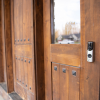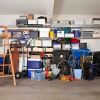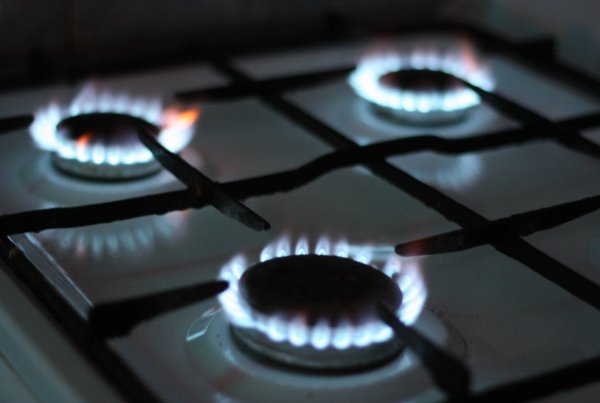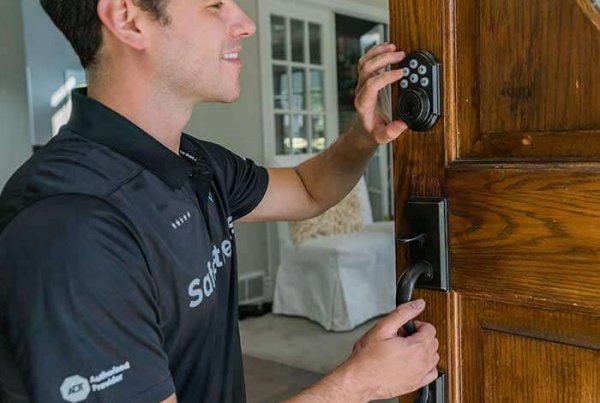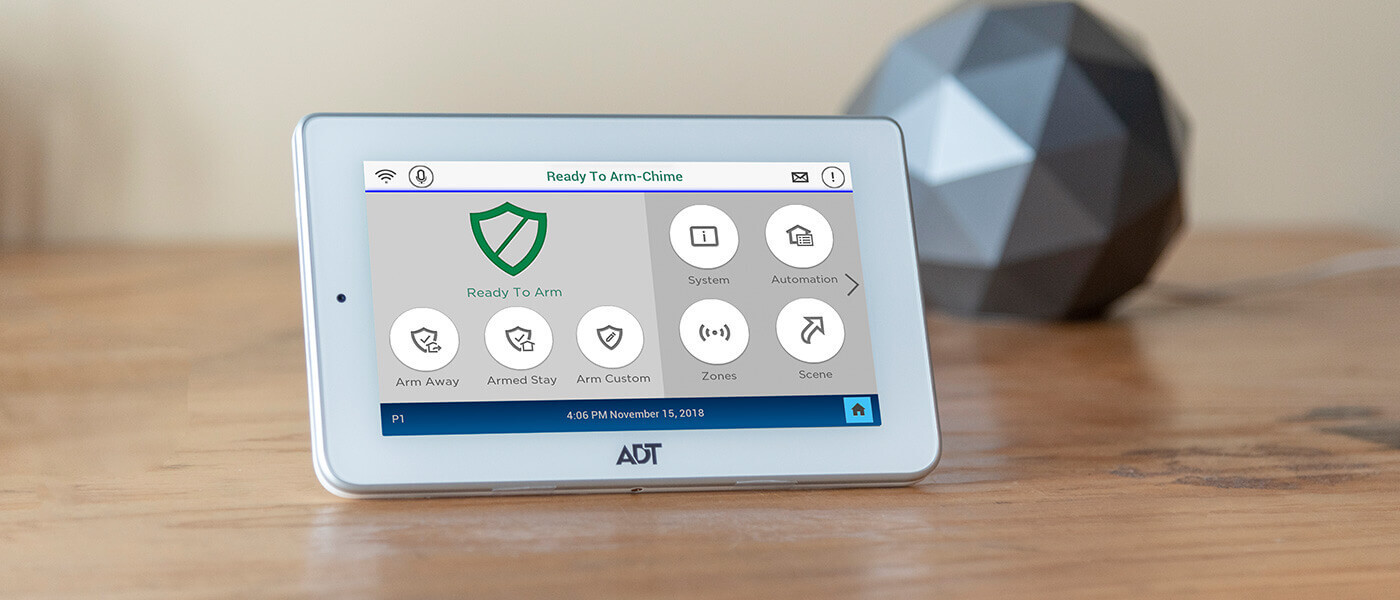
Spring is just around the corner! That means our thoughts are turning to sprucing up yards, spring cleaning houses, and generally clearing away the clutter of winter to make room for spring.
That also means it’s a perfect time for a home safety tune-up!
Maybe you’ve checked your smoke detector batteries and planned the family’s escape route…but how long ago was that? Whether you’re on top of home safety and only need some reminders, or you have yet to do a home inspection and develop a plan, now is a perfect time to get your home safety spruced up too.
Below we offer only a handful of safety tips to get you started. There is a lot more you can do! But our goal here is to get you thinking, and get you started…plus we’ll point you to some great resources we’ve found for you, if you want to do a more comprehensive home safety spring tune-up.
The bedrooms
We never know when disaster might strike, so bedrooms need to be equipped for night-time emergencies.
- Have an escape route for each member of the family and practice it. (At my house, this means I just went online and found an escape ladder for the upstairs bedroom. As someone who is afraid of both heights and ladders, I will have to practice climbing down that ladder so I don’t panic in an emergency! Talking to my husband about the ladder got us talking about how we will get our 100+ pound dog out of the house in the case of a fire. We don’t know yet, but at least we are thinking about it!)
- Everyone should have a flashlight by their beds, as well as slip-on shoes under their beds (in case there’s broken glass on the floor).
- If you live in an earthquake-prone area, don’t hang glass-framed pictures over beds to eliminate the dangers of broken glass.
The bathrooms
Bathrooms don’t necessarily need to be equipped for disasters, but they do need to be inspected for safety, because plenty can go wrong in a bathroom!
- Make sure you have a non-skid mat in the tub.
- Check the water heater to ensure the temperature is set no higher than 120 degrees. Also inspect the water heater on an annual basis. (Research online to see how since water heaters differ.)
- Make sure you have enough night lighting for anyone who might be visiting the bathroom while it’s dark and they are half asleep.
In the kitchen
Practice common sense in the kitchen, because between the hot liquids and the sharp knives, our kitchens can be accidents waiting to happen! These tips below are less “home safety inspection” tips and more everyday habits we all need to practice.
- Use latches to keep little ones out of cabinets and drawers.
- Turn pot handles in toward the stove, not out, when cooking.
- Only plug appliances into outlets, not into extension cords or outlet extenders.
- Clean up spills immediately to prevent slippery floors.
- Always use hot pads, just in case. If something is hotter than you expected, you not only risk a burn but a spill too, when you drop a hot item.
The rest of the house
Throughout the rest of your house, check for potential dangers from falls, burns and fire.
- Fall-proof your home. The Centers for Disease Control and Prevention has a detailed home fall prevention checklist with plenty of ways to inspect your home and make sure you don’t have tripping hazards. This is particularly important if you have senior citizens or wee ones living in your house.
- Check the lighting both inside and outside of your home to ensure people can see to avoid falls or running into things.
- To prevent electrical fires, check all of your electrical cords to frayed wires, and don’t use extension cords or overload outlets. Feel outlets to make sure none are warm. If you find a warm one, call an electrician.
- Keep your chimney cleaned and inspected. Talk to your local chimney sweep about a recommended schedule and stick to it.
- Change the batteries in your smoke detectors and carbon monoxide detectors on a regular basis, and check to make sure they are working.
- Have several fire extinguishers: one in the kitchen, and one on every floor, and make sure everyone knows how to use them. Replace when necessary.
Outside the house
Outside of the house, make sure everyone knows how to turn off the gas, if you have it, and the water too. In addition:
- Check stairs, porches and patios for handrails and trip hazards. Pay special attention to surfaces that might get slick when wet.
- In case you should ever have to call for emergency help, like an ambulance or fire truck, make sure your house number is visible from the street…very visible.
- Make sure you’re taking steps to burglar proof your home too!
Use one of these additional resources
The tips above are really just a starting point for your home safety spring tune-up. Check out these other resources for more tips and even handy checklists:
- FEMA has a simple home safety checklist you can print out and use to do a walk through and inspection.
- KidsHealth.org offers six different home safety checklists for those who have little kids.
- Real Simple offers an interactive home safety checklist that lets you check off safety items after you’ve taken care of them.




